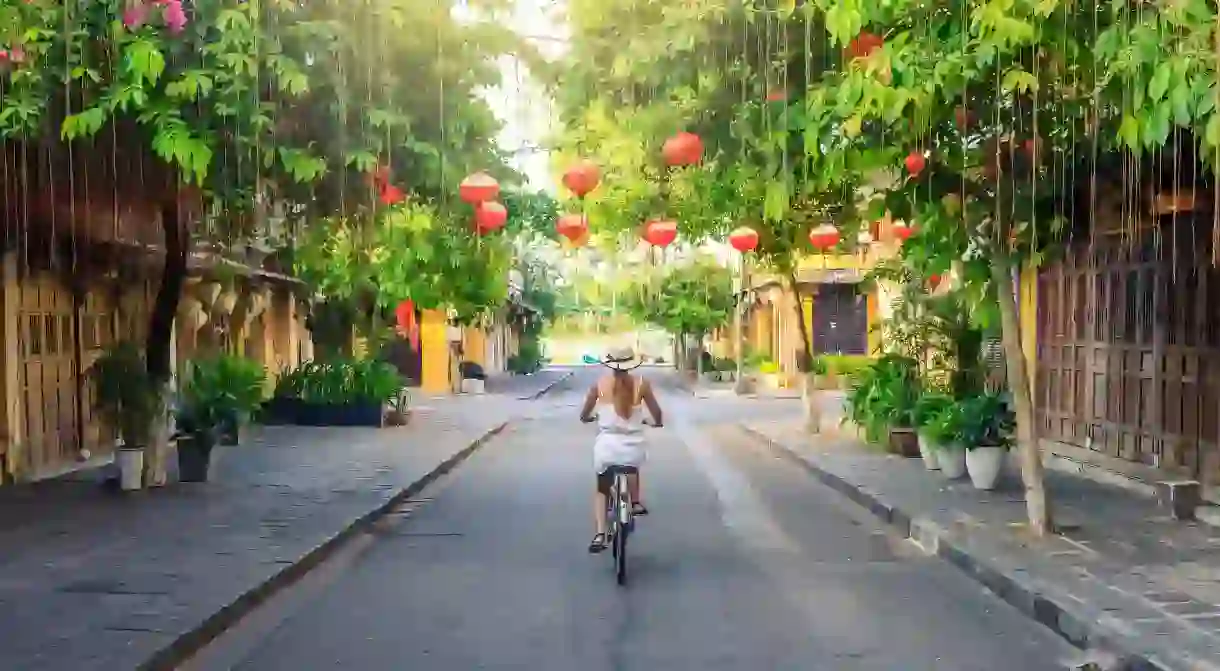Useful Tips to Know Before Visiting Vietnam

Traveling to new parts of the world is always a daunting task. Here, Culture Trip brings you the best advice so you can enjoy your Vietnamese adventure hassle-free.
Looking for a unique trip to Vietnam? Book yourself onto Culture Trip’s exclusive 12-day Vietnamese adventure, spanning the night markets of Hanoi and the lantern-lit streets of Hoi An, guided by a Local Insider.
Sort your visa out
While it’s true some nationalities do not require a visa-on-arrival letter to get stamped at airport immigration, most actually do. So, before you travel, check your visa requirements on the Vietnam Immigration website, or contact your nearest Vietnam consulate, as sometimes online information is not updated to reflect current policies. You can get your visa pre-arranged through the consulate, or apply online for a visa-on-arrival letter through an agency and present it at the airport. To avoid scams, use reputable agencies; our favourite is voavietnam.net.

Download Uber/Grab apps before you arrive
While there are reputable taxi companies such as Mai Linh and Vinasun in Vietnam, Uber and Grab are becoming more popular as they can be safer, cheaper and more convenient. By using them you can avoid being scammed, and the motorbike options available on both will help you avoid being stuck in traffic. Uber and Grab are a great way for first-timers to get from the airport to the city as card payments avoid the need to exchange cash at the airport for a high rate.
Take extra copies of your passport
Hotel receptions in Vietnam usually ask to keep your passport during the length of your stay. While most of the time you have to hand the original over, some will accept a copy if you have one. Having a copy is a great, albeit temporary, backup in case you end up losing or damaging your passport.
Carry small notes
The largest Vietnamese Dong note is 500,000, which is equivalent to about $22 US, and the smallest is a mere 500 Vietnamese Dong ($0.022). Unfortunately, many of the notes are of similar colour and are therefore easily confused, so it’s best to carry small notes when possible and stash away your larger ones in a different pocket. Tip: arrange your notes in your wallet in ascending order to avoid handing over more Dong than necessary.
Diversify
Bag snatching is a big problem in Vietnam. To be safe, carry your valuables in multiple places. Keep your cash and cards in various secure pockets, and try not to carry your passport around everywhere. Do not keep your wallet, phone and other valuables in the same bag. It also helps to have an extra copy of your credit card and bank documents in case something does happen, and you need to show proof from miles away.

The weather varies a lot
In general, Vietnam is hot and humid throughout the year, but due to its elongated shape, the country spans multiple climate zones. This means it can be snowing in the North while being excessively hot in the South. Prepare by packing your clothing according to your itinerary and consider the month you are visiting. Proper waterproof shoes, raincoats, umbrellas – these are all your friends.

Bring at least one jumper
Even if you will be in Vietnam during the dry warm season, it will be a good idea to bring a warm layer. This is especially true if you enjoy spending hours in cafes and restaurants, as AC runs pretty low. If you end up using a night bus to travel to other cities, then you’ll be glad you brought your jumper along; these buses are referred to quite aptly as moving refrigerators.

Pack some conservative clothes
While wearing shorts and tank tops is generally fine in Vietnam, when you visit sacred religious places, it most certainly is not. Both men and women should cover shoulders and legs in these places, so it helps to bring a pair of long trousers and a long-sleeved shirt.
Rise early to see the best of places
The morning is the best time to mingle with locals. If you visit a park in the morning, you may be lucky enough to catch a glimpse of the elderly partaking in some Chinese Tai Chi, or if you visit a market, you can greet vendors setting up their stalls while slurping noodle soup and having a cup of phi-filtered coffee. Plus, getting everything done in the morning is a great way to avoid melting in the midday heat.

Get ready to haggle
Since you’re a foreigner, it is very likely that you will be quoted inflated prices, especially in tourist areas. Get ready to negotiate; check prices online beforehand or ask a local so you can set a benchmark – just don’t dip too low.
Raise your hand when crossing the streets
Drawing attention to yourself while crossing the street will keep you safer; locals will also tend to do this. Make sure to cross when there aren’t many cars and buses around. Bikes can easily swerve around you. Bigger vehicles cannot.
Avoid drinking tap water
The tap water in Vietnam is undrinkable, so avoid this at all costs. Even locals don’t drink tap water and most food vendors don’t even use it to cook. Bottled water can be found everywhere, so stock a few in your hotel room.
Ca phe sua da + banh mi = breakfast of champs
This is a great way to save your money. While noodle soups and rice may get predictable, banh mi (Vietnamese baguette sandwiches) never will. There are many vendors selling all types of banh mi with various fillings for as little as 12,000 Vietnamese Dong ($0.50). A cup of street-side Vietnamese coffee will cost you just about the same. For a dollar, this really is the breakfast of champs.














